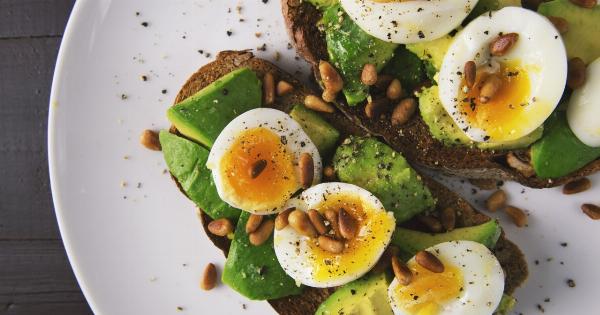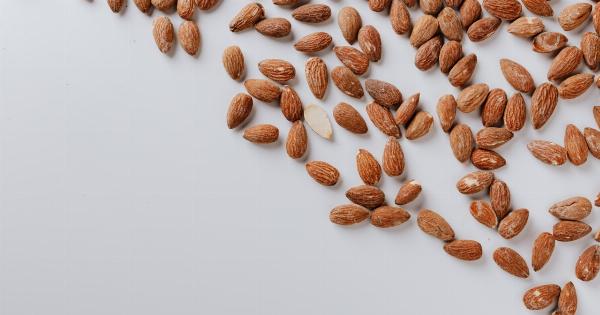Nutrition bars have become increasingly popular in recent years as a convenient and on-the-go snack option. These bars are marketed as a healthy choice, packed with essential nutrients and designed to fuel our bodies.
But have you ever wondered what exactly goes into these nutrition bars? What are the ingredients that make them healthy and how do they hold up under the microscope? Let’s take a closer look!.
The Science Behind Nutrition Bars
Nutrition bars are typically made with a combination of proteins, carbohydrates, fiber, and fats. These ingredients are carefully selected to provide a balance of nutrients that can help support our overall health and wellbeing.
Let’s explore each component and see how they appear when magnified under a microscope:.
Proteins: The Building Blocks
Proteins are an essential component of nutrition bars as they help build and repair tissues in our body. When observed under a microscope, protein sources like whey or soy isolate can appear as fine particles or granules.
These protein particles are often bound together with sweeteners or binding agents to form the texture of the bar.
Carbohydrates: The Energy Source
Carbohydrates in nutrition bars can come from various sources such as oats, whole grains, or fruits. Carbohydrates provide our bodies with energy, making them an essential part of these bars.
When examined closely, carbohydrates can appear as discreet particles or fibers, reflecting their source. For instance, oat-based bars may showcase a structure of interwoven oat fibers.
Fiber: The Digestive Aid
Fiber is an important component of nutrition bars, aiding in digestion and promoting a feeling of fullness. Fiber can be derived from sources like oats, nuts, seeds, or chicory root extract.
Under the microscope, fiber is visible as elongated fibers or strands. These fibers contribute to the texture and integrity of the bar while offering health benefits.
Fats: The Satiety Booster
Fats play a crucial role in nutrition bars, providing satiety and contributing to their overall texture and mouthfeel. Common sources of fats in these bars include nuts, seeds, or healthy oils.
When viewed under the microscope, these lipid-rich ingredients can appear as droplets or globules dispersed within the bar matrix.
Other Ingredients: The Good and the Additives
In addition to the key components mentioned above, nutrition bars may also contain a variety of other ingredients, such as vitamins, minerals, and additives.
Vitamins and minerals cannot be seen under a microscope due to their small size, but they play an important role in supporting our bodily functions.
On the other hand, additives like sweeteners, emulsifiers, or preservatives may be visible under the microscope. These additives can appear as small particles or crystals, adding stability, taste, and shelf life to the bars.
While some additives are necessary, it is important to be aware of the types and quantities added to nutrition bars.
The Importance of Quality Control
When manufacturing nutrition bars, quality control measures ensure that the bars meet specific standards and are safe for consumption.
Microscopic analysis is just one of the many tests performed to ensure the final product looks as intended, retains its structure, and is free from contaminants.
The use of magnification allows manufacturers to assess various aspects such as ingredient distribution, binding properties, and the presence of any foreign materials.
It also enables them to make adjustments to the manufacturing process or recipe, ensuring consistency and quality across the entire production line.
Conclusion
Nutrition bars are a convenient and popular snack option that can provide essential nutrients and support our busy lifestyles.
Under the microscope, these bars reveal a combination of proteins, carbohydrates, fiber, fats, and other ingredients, each playing a role in their overall composition and benefits.
By understanding the microscopic characteristics of nutrition bars, we gain insights into the quality control practices implemented by manufacturers.
It also allows us to make informed choices about the types of bars that align with our nutritional needs and preferences.





























